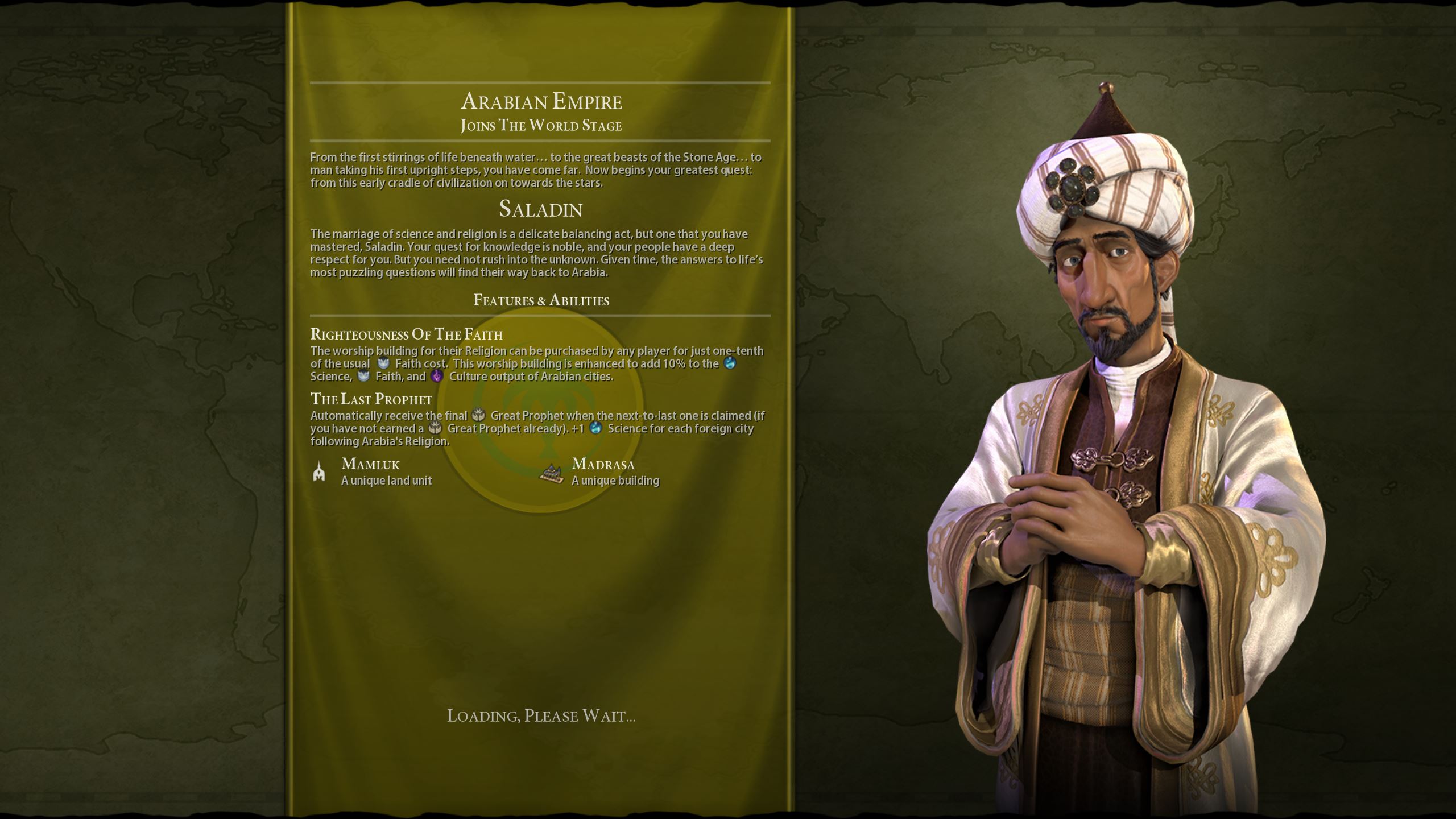


In Stephen Ash’s brilliant 1865: A Year in the South the Agnew plantation operated largely intact with over fifty slaves on it until early 1865. Colored Troops units with over 180,000 black men in uniform by the end of the war. Despite the widespread movement of African Americans in the areas around the Union Army to free themselves, many slaves remained on plantations well out of reach of any Union forces. So many thousands appeared at Fortress Monroe that Union General Benjamin Butler took them in as “contraband” of war in 1861, beginning a process of self-emancipation and enlistment in the Union cause that led to the formation of the U.S. The focus of this argument has rightly been on the slaves themselves. Historians from Armistead Robinson to Ira Berlin and Barbara Fields have argued that slavery broke down in the war and in many areas black self-liberation meant that slavery was collapsing from within. Were they concerned about the war, about the price of slaves? What explains the actions of whites, any one of whom might have been the last person to purchase a slave in the Confederacy? Who would purchase slaves in, say, late 1864, and for what purpose? Surely, with slavery collapsing all around them, white southerners must have thought twice about holding slaves, much less buying slaves. The second is that slave traders were busy in the South right up through the end of the Civil War. The first is just how quickly the slave trade modernized around telegraphs and railroads (a subject for another post). There are two remarkable aspects to this collection.

Chase was a Quaker and an abolitionist, and he pulled together evidence and materials wherever he could find them of the inhumanity of slavery. In the Library of Congress’ Cornelius Chase papers there are boxes of carefully collected records of the activities of slave traders out of Richmond, Virginia.


 0 kommentar(er)
0 kommentar(er)
